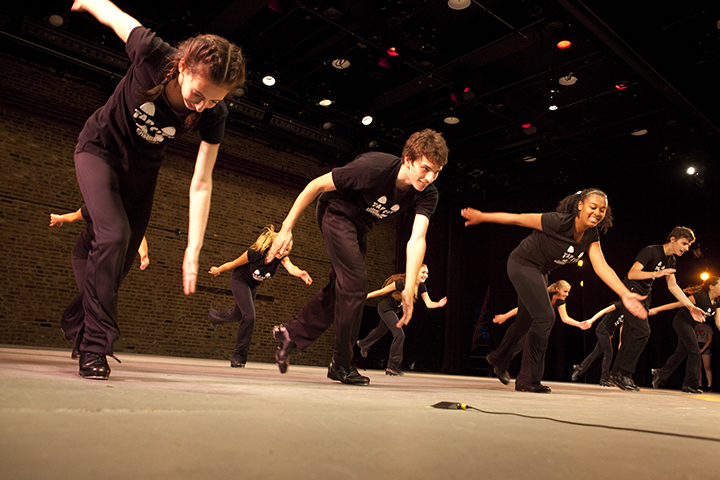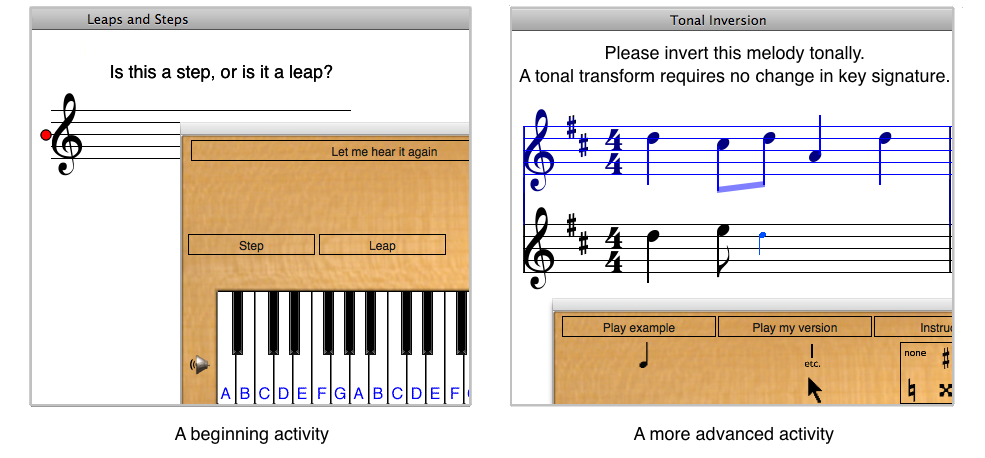

How to chant in music lessonsįor very young or beginning students, I start with the neutral syllable “bah” for chanting, because it’s easy to remember and doesn’t distract the child from focusing on the rhythm. And just as babies soon become fluent speakers of languages, music students can become fluent players of rhythms. This allows them to develop a rhythm vocabulary in the same way that babies learn a language vocabulary. Through movement and chanting students can be exposed to many different rhythm patterns. Movement and rhythmic chanting go together. When one element is missing, rhythm becomes rigid, erratic or inconsistent.

melodic rhythm patterns (rhythm of the melody).Īll three elements are needed to establish rhythmic context.microbeats (meter or the “little beat”) and.macrobeats (also called tempo or the “big beat”).Related: Music Learning Theory – What’s it all about? Rhythm: Patterns in Time “A lack of understanding of meter is evident when a student fails to maintain 3/4 time by extending the third beat so that she is inadvertently playing in 4/4.” – Joy Morin, Building Awareness of Rhythm in Piano Students The solution was to get them moving, off the piano bench. What was the solution? Not more explanation. Why were they struggling to play the correct meter? Because they hadn’t internalized it. Just yesterday my students Halle and Logan played one section of Allegretto II by Czerny with only three beats per measure where the notation calls for four later in the day my student Stella played a four-beat measure for every dotted half note in the minuet she was learning and after that Quinn’s last measure of Christmas Day Secrets was rushed. They need to get up and move, because movement is what activates the rhythm processor in the brain. In other words, students will never truly understand or feel rhythm by sitting at the piano bench. The mind has no melody processor, only separate tone and rhythm processors working in parallel.” –Edwin Gordon

in our brains, rhythm and tone are independent. They get ‘braided’ together to form melody. If I could just get them to show up for lessons, learn their pieces, practice at home, learn notation, count the beats, and perform at recitals, then they would automatically grasp everything they needed to know about rhythm. “Rhythm is kinesthetic…it cannot be learned through counting…it can only be learned through movement.” – Edwin Gordon, PhDįor many years after I started teaching piano, I assumed that my students would learn correct rhythms as a natural part of the teaching process. Over to Barb! Feel the Beat (off the Seat) Give it a go and let us know what happens by leaving a comment at the end. īarb not only explains the reasoning behind teaching rhythm using the MLT approach, she also gives you plenty of actual activities that you can try out in your lessons this week. If you’ve ever had a student not realise that they’ve ‘missed’ a beat in a bar (or added one), then this article is for you.

Rhythm is one of those fundamental aspects of music that many of us fail to help students understand and feel innately. This week’s article comes from Music Learning Theory (MLT) teacher and presenter, Barbara Grout and is all about Tips for Teaching Rhythm.


 0 kommentar(er)
0 kommentar(er)
